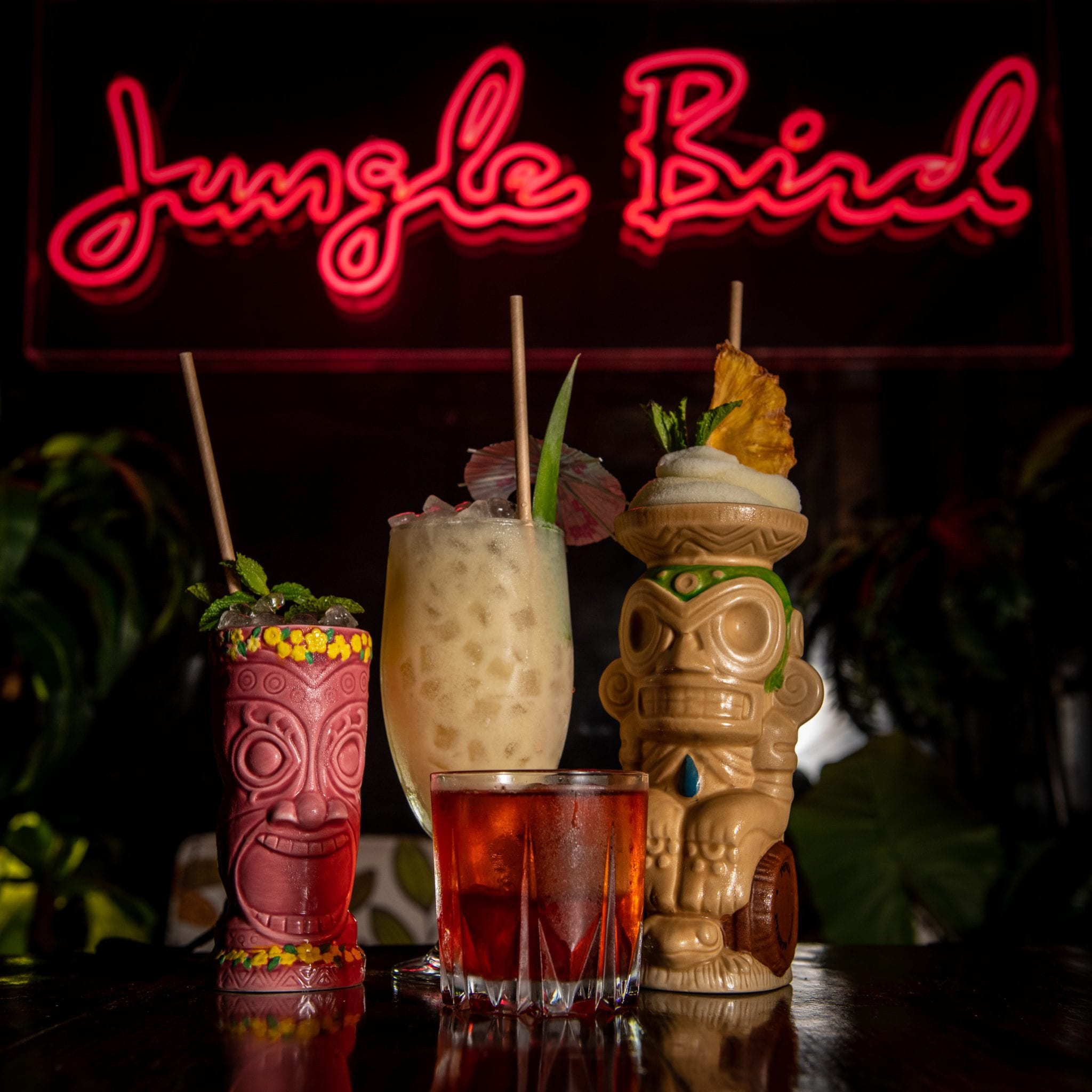Buffeted by hurricanes and political turmoil, Puerto Rico’s next step is uncertain. It’s clear, though, that the food will be good
As he leads me into La Taberna Lúpulo, a beer bar in Old San Juan, Pablo García Smith asks for a moment of silence. This is not about mourning. García Smith is marking the short distance from a humdrum past: For years, he says, the best beer available on the island of Puerto Rico was Heineken.
Lately, though, there’s been an explosion. There are now thirteen breweries, with three more in the works. At the suggestion of García Smith, the tour manager for Spoon Food Tours, a group that aims to provide visitors a deep sense of the island’s culinary identity and history, I settle into the bar’s back patio with a coconut hefeweizen.
Behind us hulks a metal beast, a reminder of an even more ignoble era, not far passed. The generator is the direct result of Hurricane Maria. The storm delivered hundreds of billions of dollars in damage. Aid was slow; many Puerto Ricans struggled to pay for medicine, even food. The bar’s owners, Zalika Guillory and Jacob Liman, used the portable diesel-powered generator to stay open through San Juan’s two-month power outage. “Never doing that again,” Liman says.
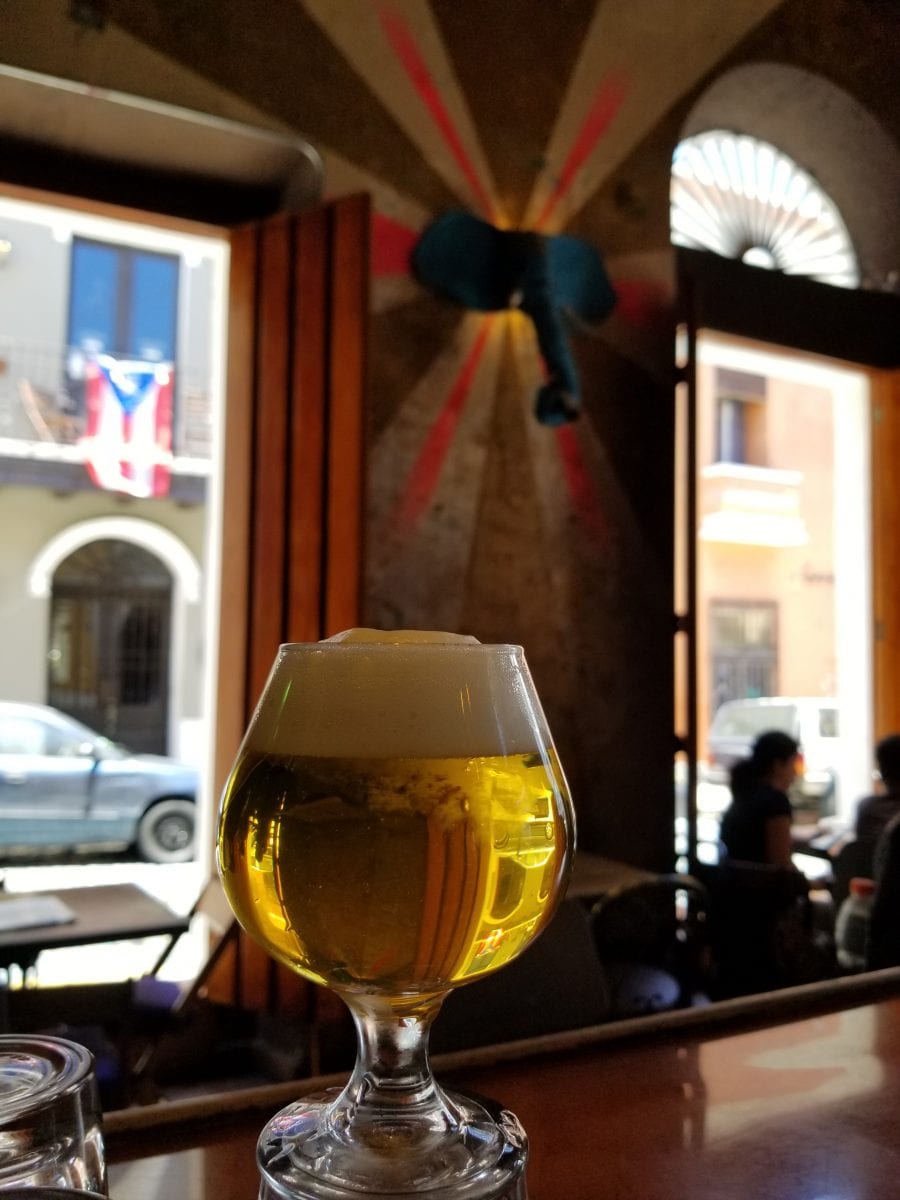
My visit last August came two years after the storm and just weeks after political protests rocked San Juan. Over seven days that July, Puerto Rico had cycled through three governors. The executive mansion—which, built in the mid-sixteenth century, is the oldest continuously occupied executive residence in the New World—is a part of García Smith’s typical tour, but the turmoil has mucked with his narration. “Up till now, for the last four years, I’ve been saying [it’s been home to] 181 governors,” he says. “What’s the count now?” (The answer: 184.)
García Smith, using an old family phrase, calls this a “tweezer topic”—something complicated enough that its needs to be delicately untangled, not always fit for discussions around a restaurant table, or even on a bar stool. But for good and for ill, the world’s tweezers have begun to pluck through the island’s story. Disaster and politics have brought the media to town. And one thing these new visitors are discovering is that the food in Puerto Rico is divine.
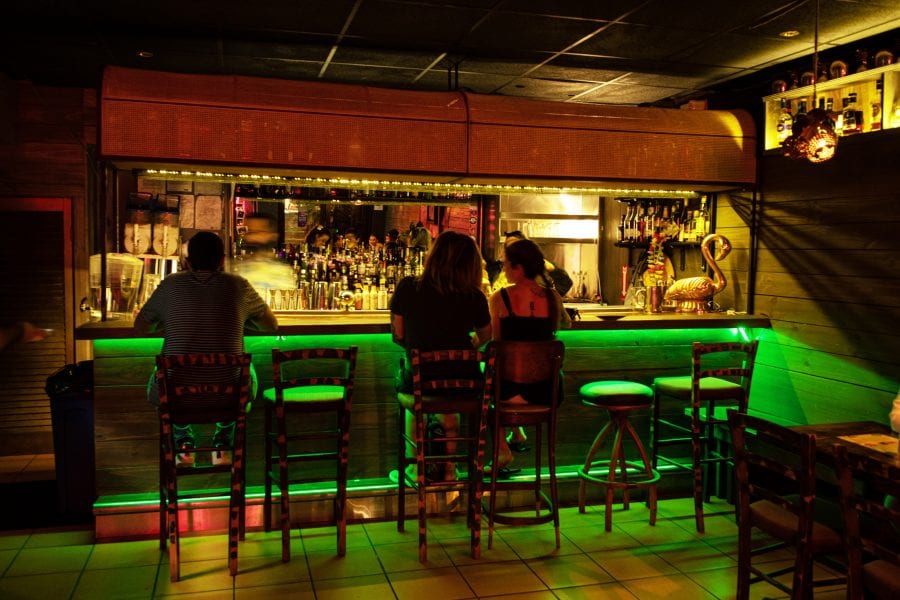
Perhaps that should be no revelation. Puerto Rico is the easternmost of the Caribbean’s large islands, the Greater Antilles. For European voyagers crossing the Atlantic, this was the first safe harbor, the first site of abundant fresh water. That makes it a lynchpin in the Columbian Exchange, the melding of European, West African, and indigenous American cultures that was inaugurated by Christopher Columbus’ invasion. Hot peppers and potatoes went east; coffee and oranges and bananas came west.
As an essential node in this exchange, Puerto Rico is one of the birthplaces of what we now call Southern food. One example: my late breakfast in Loíza, a district of lush beaches east of San Juan that was settled by runaway slaves. Here, African and indigenous food traditions mingle in dishes like alcapurrias, or plantain fritters, stuffed in this case with blue crab. The fritters— served alongside a shot of Don Q rum, the local favorite, mixed over ice with fresh passion fruit juice—were resonant with the peppery flavor and yellow color of annatto. They reminded me of an island version of Mississippi-style hot tamales, a food with a similar creole past.
Another afternoon, I swung out to the region of Guavate, south of the city, where La Ruta de Lechón—the “pork highway”—cuts through the island’s mountainous backbone. Once, this was a difficult route, and roadside stalls catered to weary travelers. Now that the road is smoothly paved, the stalls remain a popular weekend getaway. At Lechonera Los Amigos, I gorged on chunks of spit-roasted pork with crispy skin and tender meat. This is one of the happier products of colonialism: Pigs were first brought to this island by the Spaniards.
But Puerto Rico is a small island—a hundred miles wide, thirty-five miles long—that, so far from the mainland, so centered on beachy tourism, can fall behind on culinary trends. The lack of breweries, up until recently, is one example; the slow pace of the cocktail revolution is another: Despite an abundance of rum, at the wrong swim-up bar you’ll be served an overly sweet piña colada. (The secret, I learned, is to ask for local rum and fresh juice.
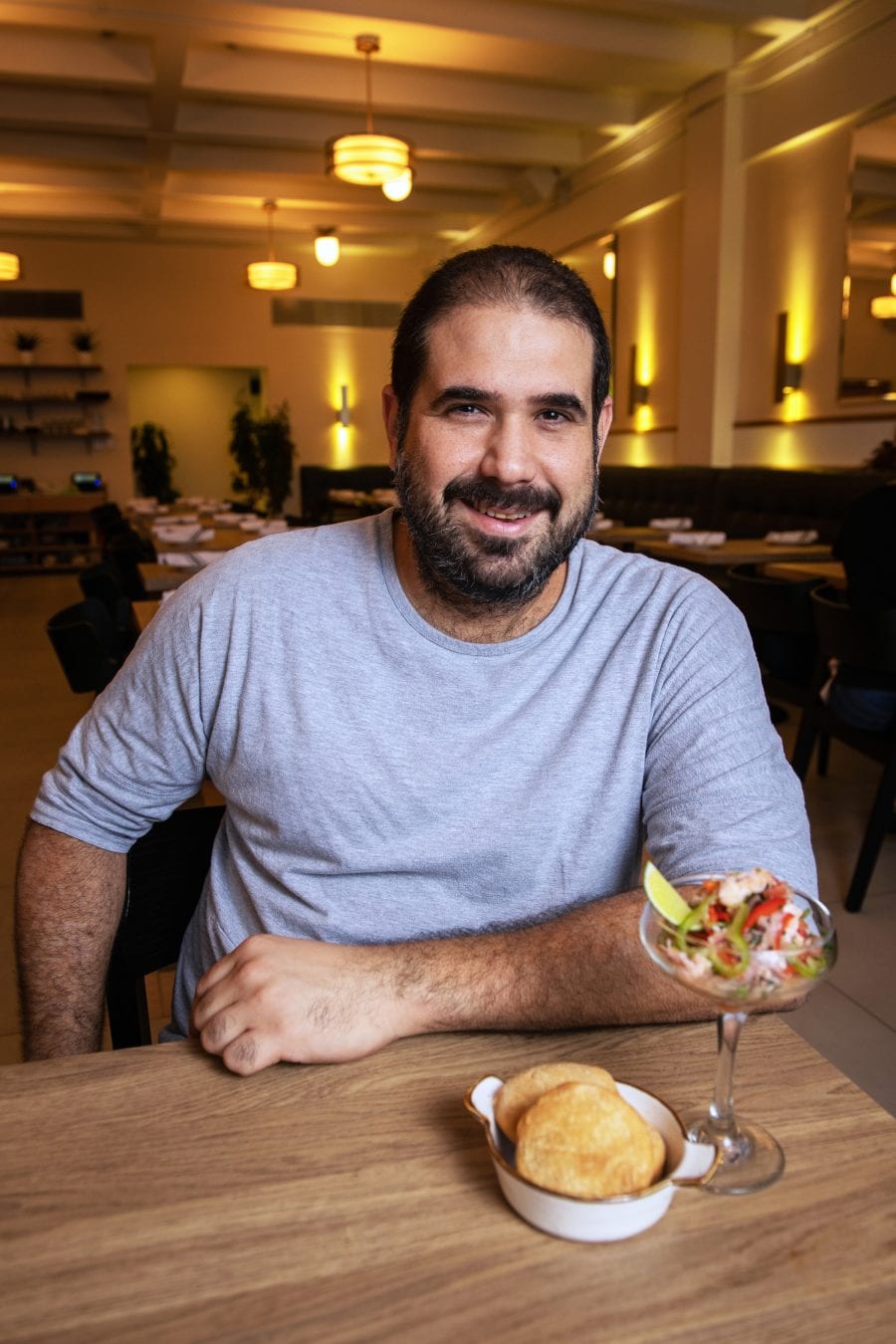
Every bar will have something on hand.) And as farm-to- table dining swept the rest of the United States, things lagged here. This can be traced, in part, to political history. After Puerto Rico became a US territory, there was a concerted effort to replace agriculture with industry; now, around 85 percent of the island’s food is imported.
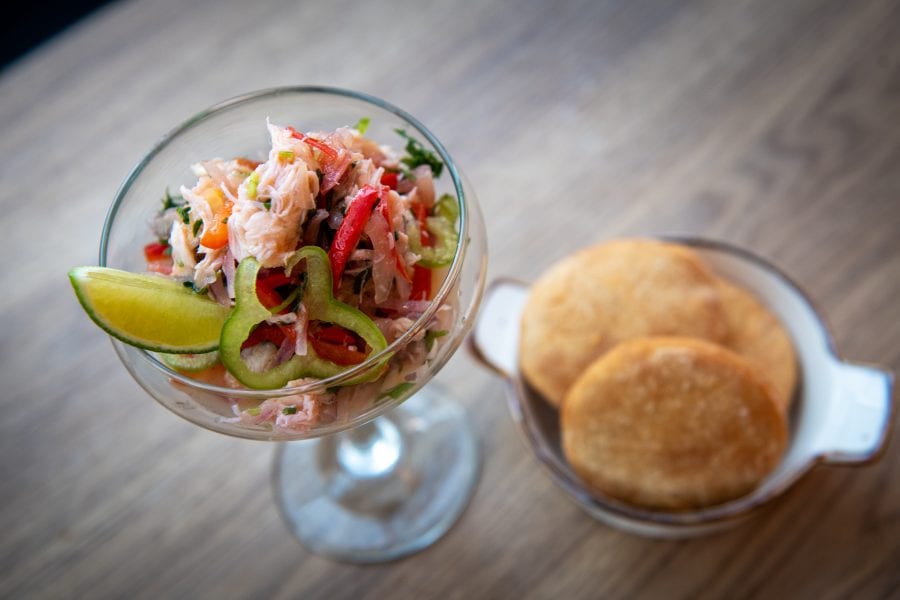
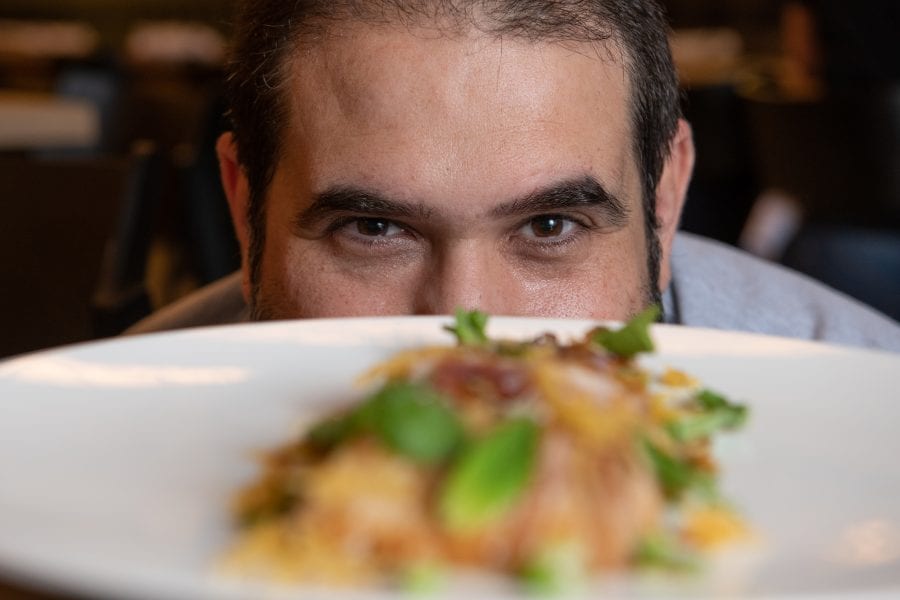
In 2007 a chef named Jose Enrique opened a restaurant, also called Jose Enrique, inside an old house at the edge of La Placita de Santurce, the city’s marketplace. Enrique had stopped home on the island between mainland cooking gigs when he stumbled upon the house. Wow, this place is dope, he remembers thinking. (The market is a hub of the city, a place where young drinkers bump into their parents, where governors mingle with fishermen. When I visited on a Tuesday afternoon, salsa was blaring and a half dozen men sat at a table, chatting merrily while sipping beer and downing fried food.) Enrique could jaunt across the street to buy produce. Back then, though, he had to take anything local farmers could offer. “I was like, ‘whatever you’re cultivating, bring it over,’” Enrique says. “You know, if you’ve got arugula, I don’t care if you’ve got four pounds or eight pounds.” He jotted his menus, which changed daily, onto a white board.
After the economic crisis in 2009, locals decided they wanted to be able to sustain themselves, inspiring a new wave of farmers. The amount of land in cultivation has since increased by 50 percent. Puerto Rico’s culinary reputation has risen, too, and Enrique has led the way. In 2013, he became the first Puerto Rican chef ever named to Food & Wine’s annual list of best new chefs. Every year since, he has been a semifinalist or a nominee for the James Beard award for Best Chef: South.
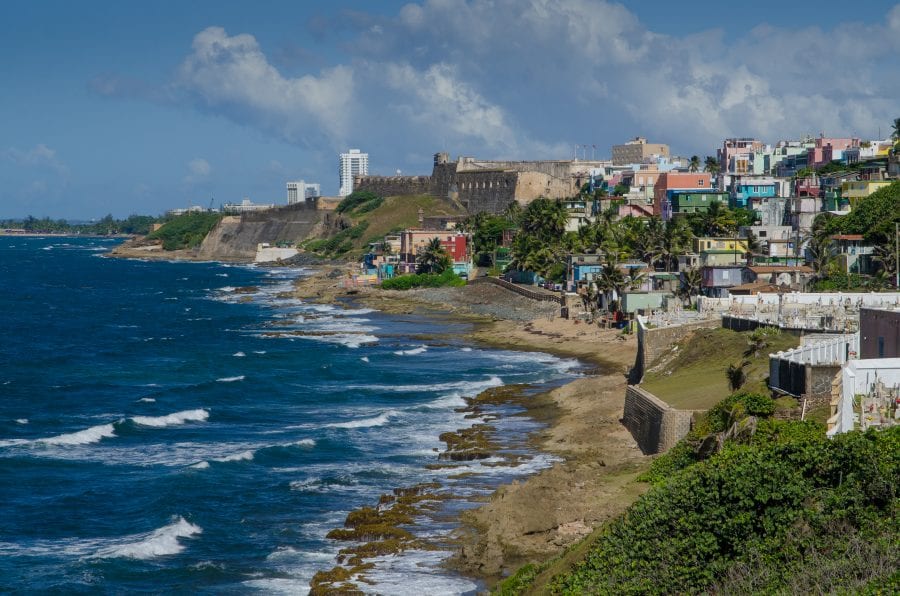
But these days, Enrique is hardly alone. In one neighborhood, Calle Loíza, more than twenty-five restaurants have opened in less than ten years. A former fashion district, Calle Loíza fell on hard times in the mid-twentieth century as malls began to steal away business. But to young entrepreneurs, the neighborhood offered opportunity. Mario Ormaza opened one of its first new restaurants in 2003 inside a set of shipping containers. His latest two restaurants showcase the way the neighborhood is being revitalized: They’re built inside an old Burger King and a Church’s Fried Chicken. I chose to eat at Azucena, where Ormaza focuses on Caribbean flavor. Around 70 percent of the ingredients in my dinner were local, the chef told me. My favorite was the langostina— lobster that fishermen delivered that morning, and which Ormaza had lightly dressed in butter and garlic and cilantro.
The next morning, I returned to the neighborhood—bright with street art and, at least that morning, locals walking the street with strollers, shopping in hardware and grocery stores. At Cocobana, a vegan restaurant, I sampled a novel rendition of an alcapurria, topped with a mushroom “ceviche,” and served alongside a lemon-mint-basil-infused coconut milk, which tasted like a blast from the fountain of youth. The owners, Vanessa Díaz and Manuel Collazo, see the business as a way to support the emerging local, small-scale agricultural producers.
Hurricane Maria was devastating, but also catalyzing. It destroyed 80 percent of the island’s crop value, at cost of nearly $800 million. At la Taberna Lúpelo, the beer bar, employees waited in line daily for ice and for propane. The bar stayed open, selling whatever beers they could scrounge on the island since new shipments were not coming in. La Penúltima—an excellent cocktail bar, and a counter to the tourist traps—was one of the few places in San Juan where internet access remained easy. It became a gathering place; service workers who were strangers before became friends.
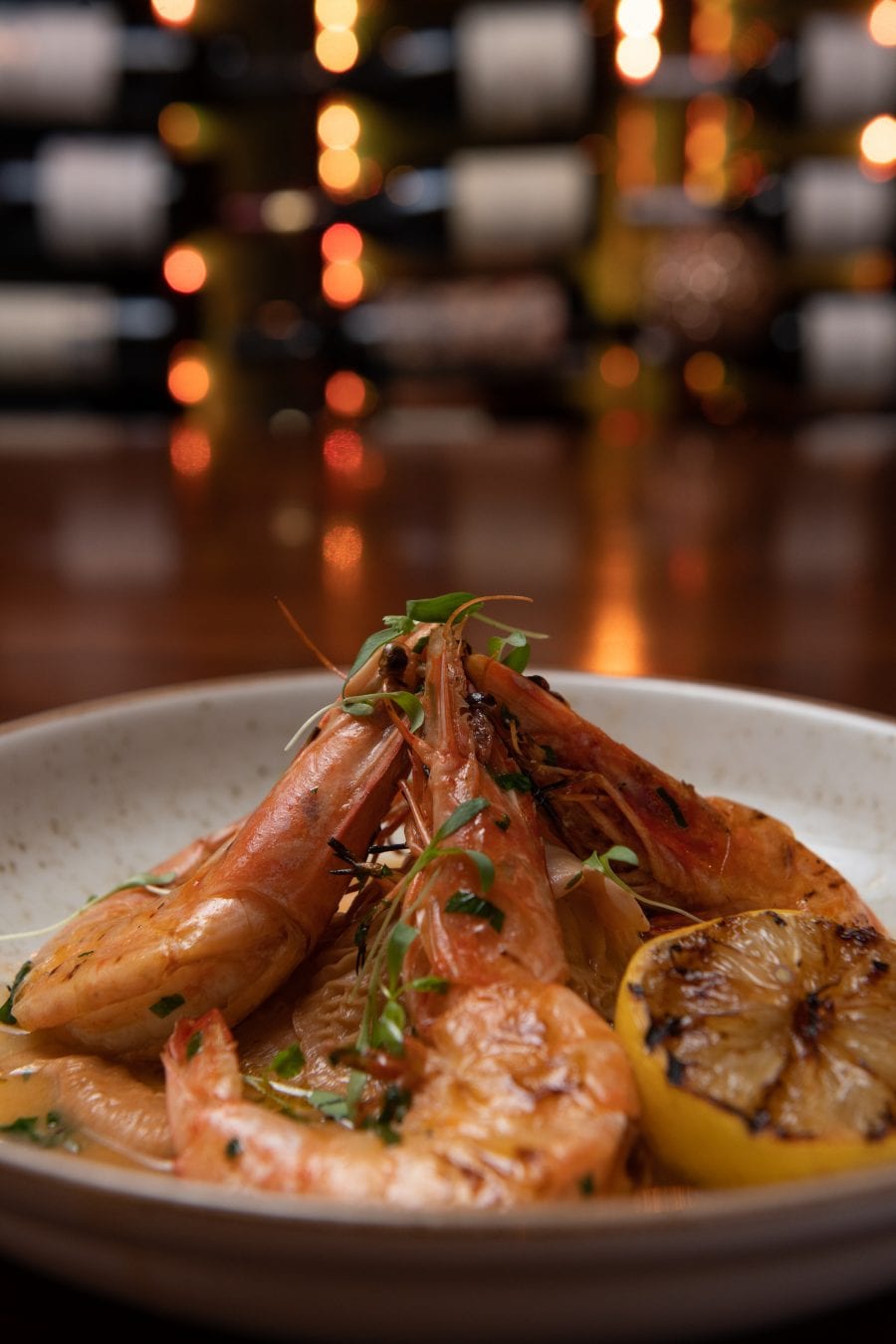
Enrique, though he lost his roof in the storm, opened his restaurant so he could hand out free meals. A few days later, Washington, DC, chef and humanitarian José Andrés joined him, and for a week they served hot food until, after serving 20,000 people in one day, they decided they needed more space.
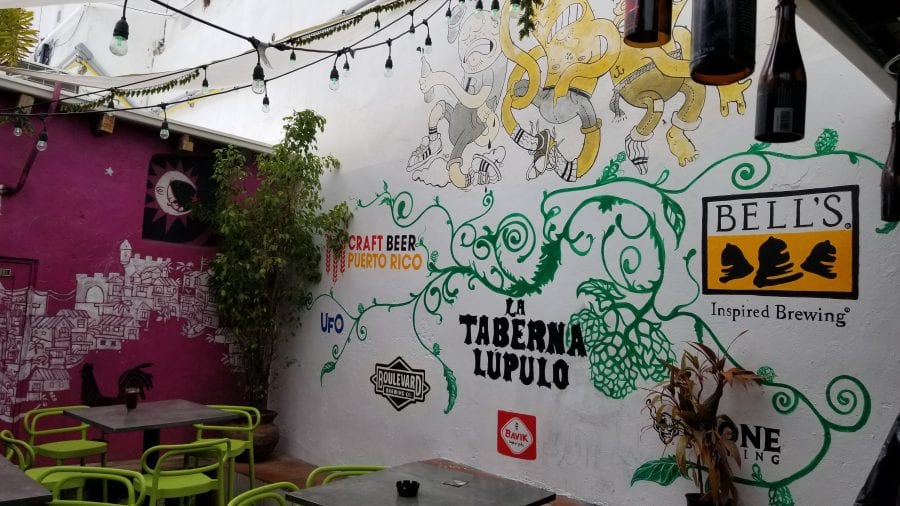
Farmers are now talking about Maria as a restart, a chance to try better, more efficient methods. After the storm, the food scene is “coming back harder and bigger and more hungry,” Enrique says. Last year, Paxx Caraballo Moll, a chef who has played a key role in promoting locally sourced foodin Puerto Rico, was named to the Food & Wine best new chefs list. Moll’s kitchen, Jungle BaoBao, is tucked inside Junglebird, a tiki bar spin-off of cocktail haven La Factoría. Enrique has been making changes and recently moved into a space in a hotel district.
The change in space demanded a change in format; for the first time, Enrique is taking reservations. He’s established a set menu too, though he says he would find ways to feature whatever ingredients were most fresh. The Puerto Ricans who were able to access internet and drink cold beers in San Juan were among the lucky. In places, power was out for nearly a year, the longest blackout in US history. Thousands died. Even before the storm, Puerto Rico had a higher poverty rate than Mississippi, the nation’s poorest state. The prices at Jose Enrique—entrees start at $25—are affordable by mainland standards, but beyond the reach of many here.
In this context, the quick return of locally focused cooking can be seen as evidence of rising Puerto Rico-first politics, a push for new sovereignty. After the storm, Ricardo Rosselló, one of the recently ousted governors, urged President Trump to consider statehood for the island. But Rosselló, who slashed taxes, was also friendly with the libertarians who aimed to turn the island into “Puertopia,” a haven for Bitcoin millionaires abandoning their tax-heavy mainland homes. These different futures could mean very different fates for many locals. For the culinary scene, at least, either offers good news: As Ormaza pointed out to me, if Bitcoin millionaires arrive, they’ll want good food.
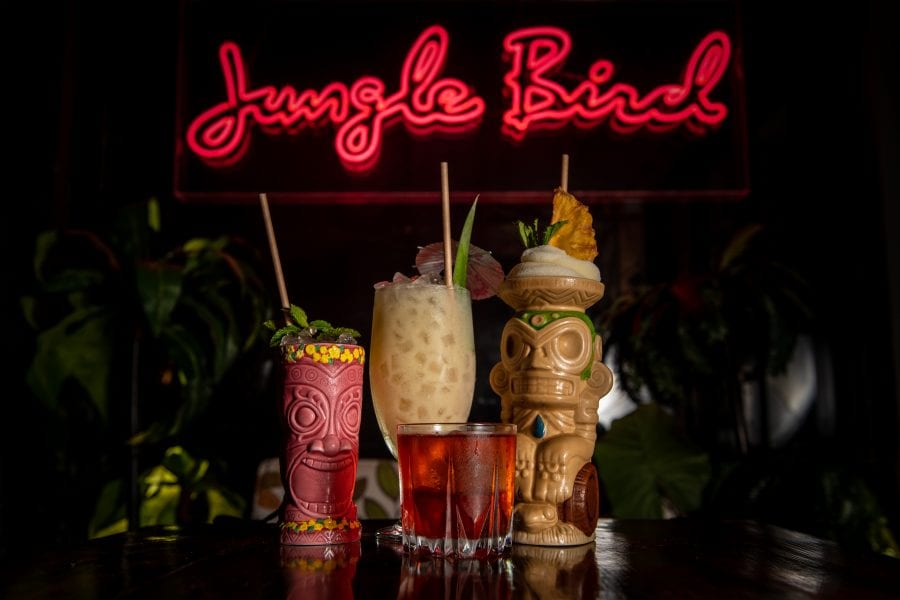
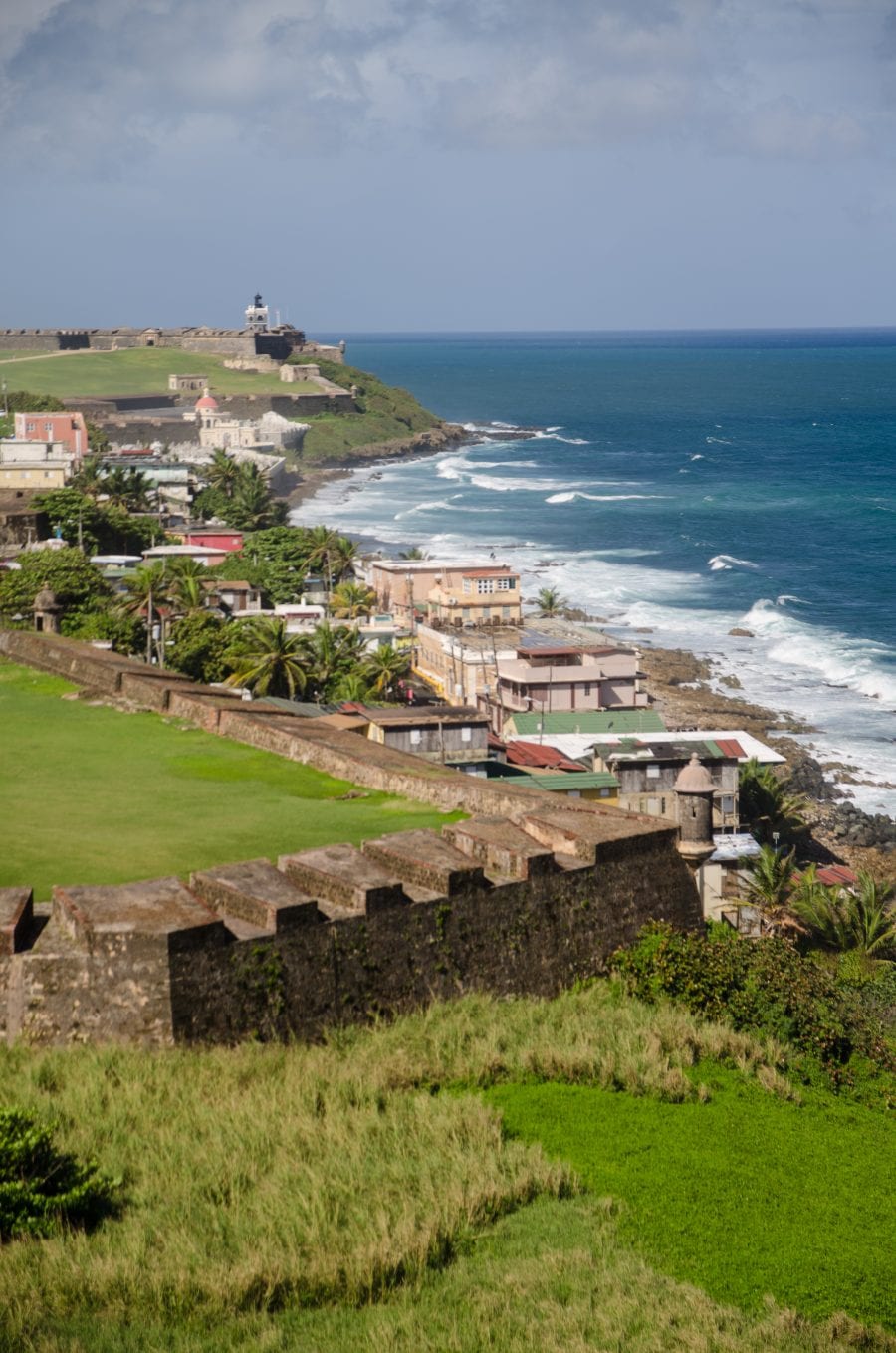
These, of course, are tweezer topics. But on this island, the wounds of history can be hard to ignore, even when you’re just looking for good times. On my last evening, I stopped in at El Batey, a graffiti-laced dive bar in Old San Juan, only to find that the water was out. I drank a beer and chatted with the bartender, who explained that this fiasco is nothing new. The water cuts out a few times a year, and did so even before the storm. The difference now, he says, was that after suffering through the long recovery, he couldn’t help but wonder when it would return.
After the beer, I swung by Jose Enrique’s new location, which was in the midst of its soft launch. Here, too, there was no water. Just that morning, the restaurant had been named one of the world’s best by Food & Wine. Now it was forced to close for the night—officially, at least. Still, the bar was cluttered with locals, and Enrique was in the kitchen, sending out whatever finger food he could manage within the constraints: octopus ceviche with coconut arepas, seared tuna, deep-fried pork belly. This is Puerto Rico. Life continues. I ordered my rum and settled in.
share
trending content
-
New Restaurants in Arkansas
-
Shrimp and Grits: A History
by Erin Byers Murray -
Tea Cakes, A Brief History
by TLP Editors -
Gullah Geechee Home Cooking
by Erin Byers Murray -
A Cajun Christmas Menu
by TLP Editors
More From At the Table
-
High Tea, Southern Style
-
10 Leftover Recipes To Clean Out Your Fridge
-
Country Captain Shrimp and Grits
-
10 Nonalcoholic Drinks for Dry January
-
Our Most Popular Recipes of 2023





